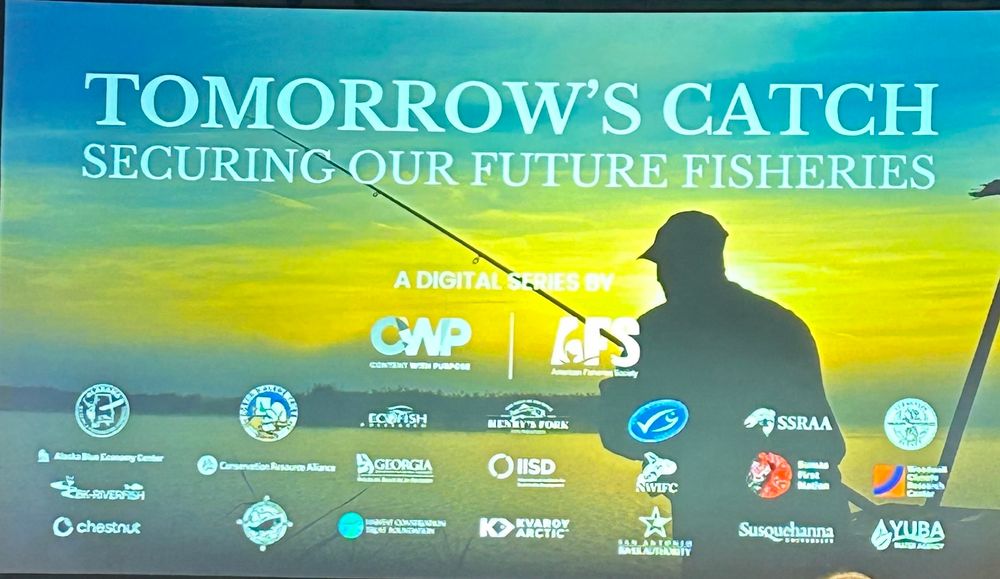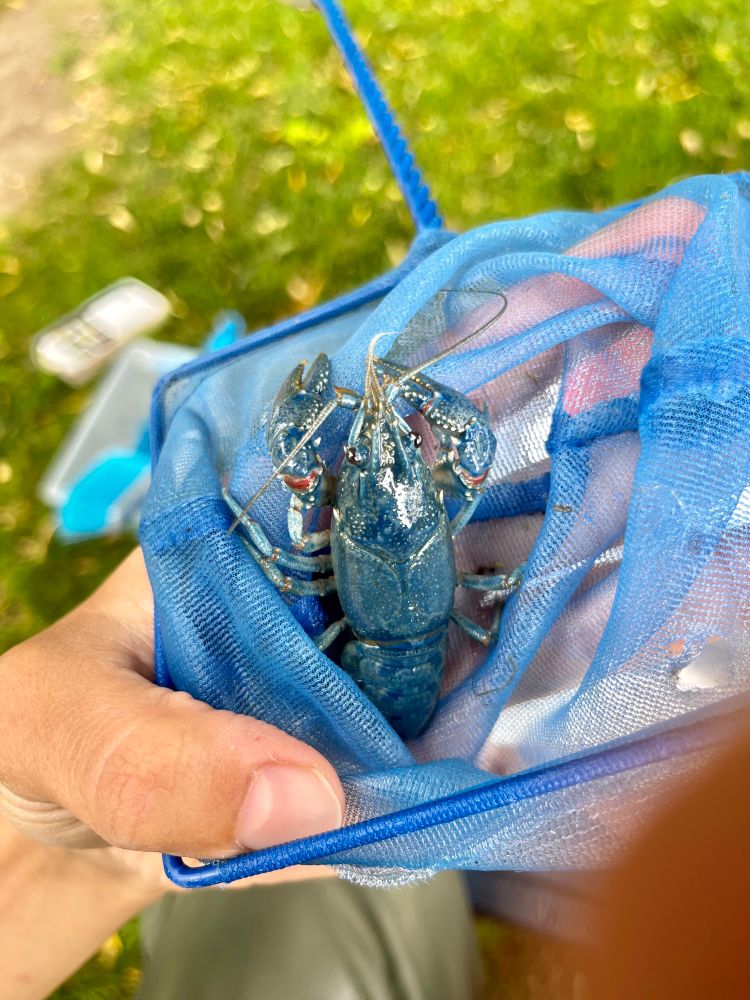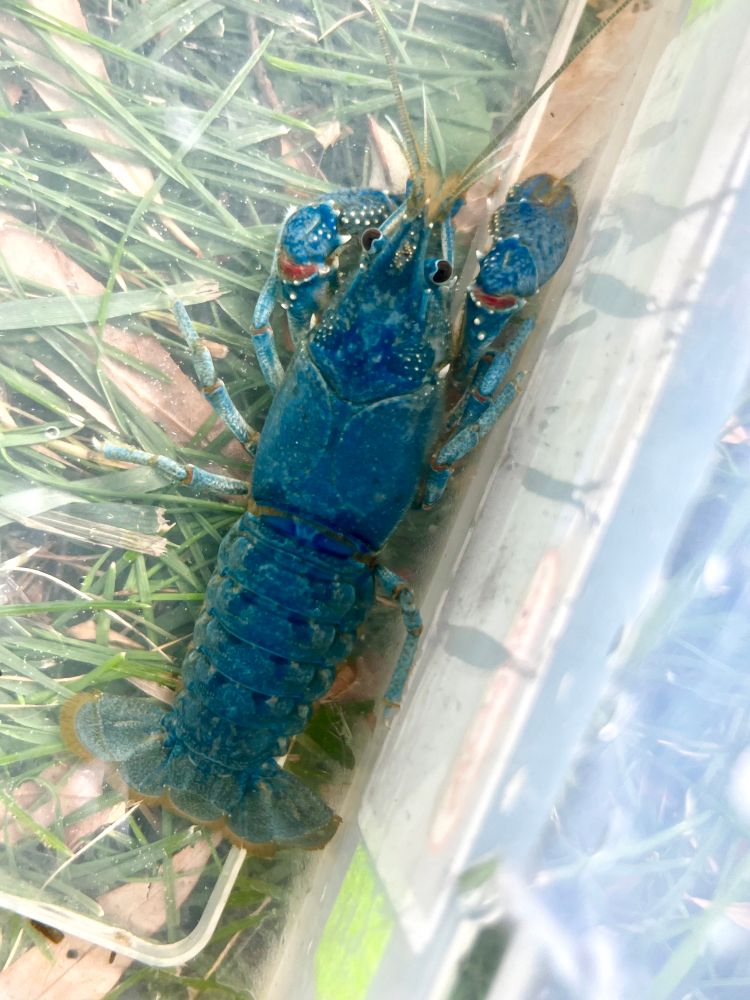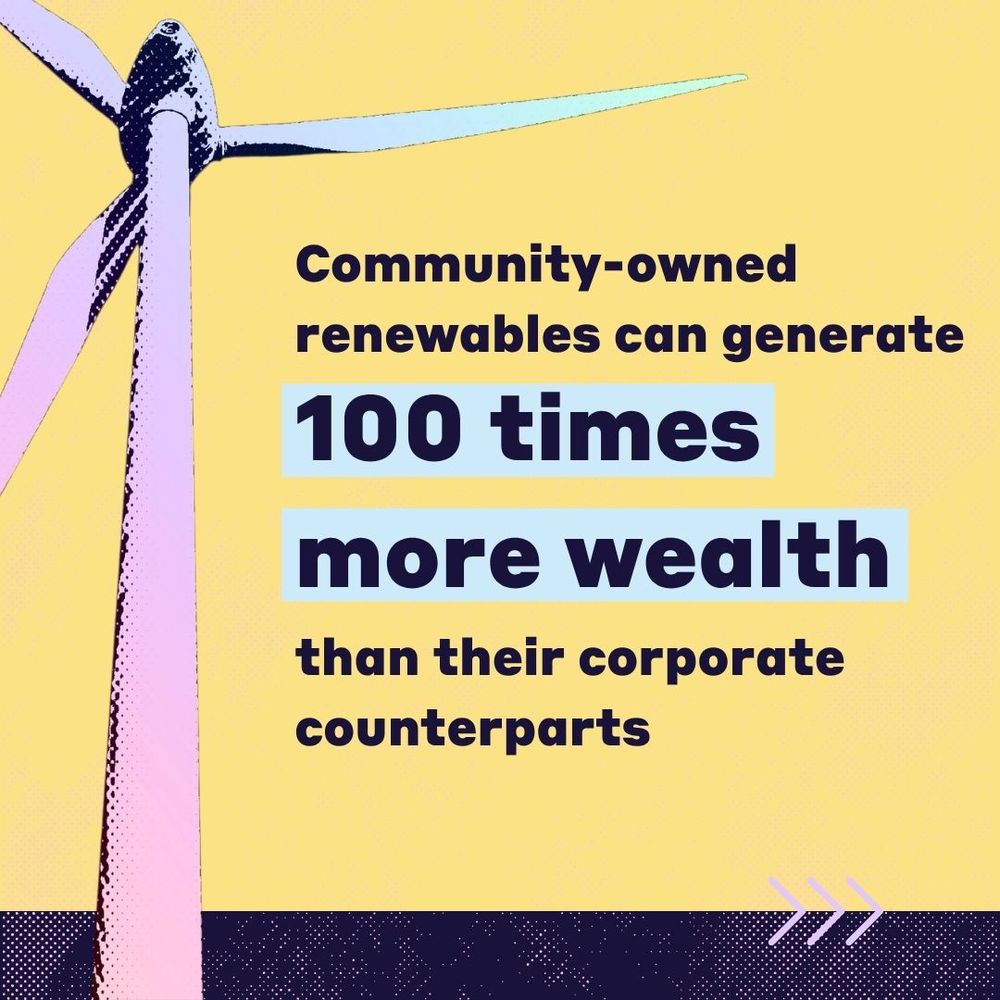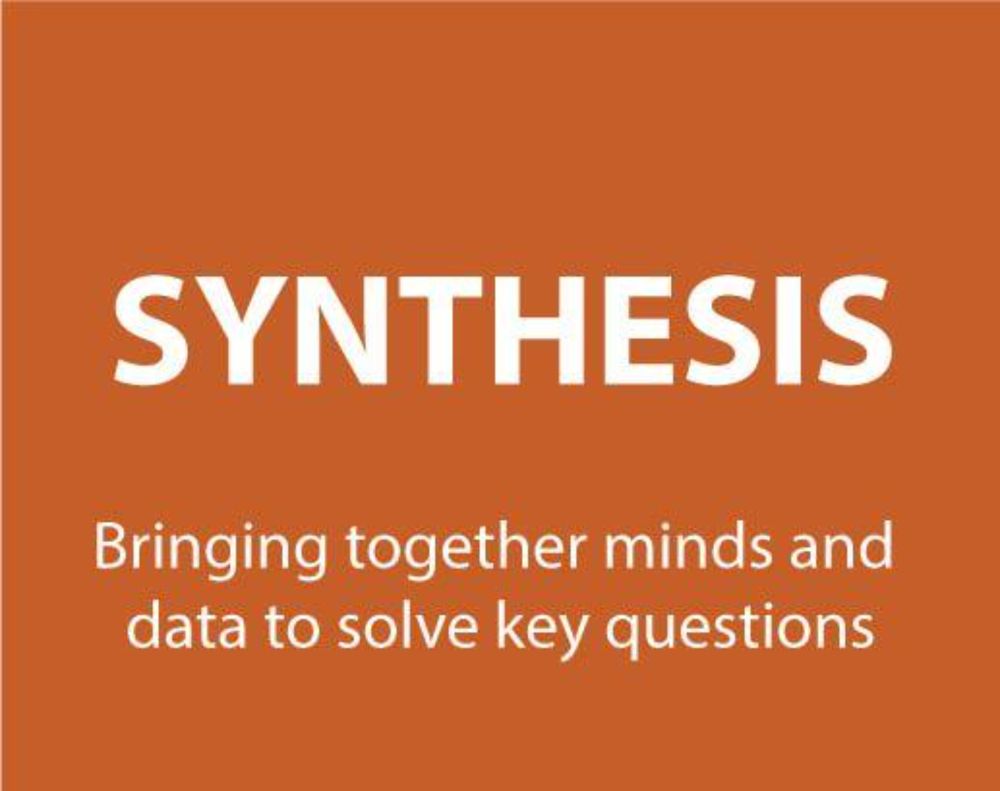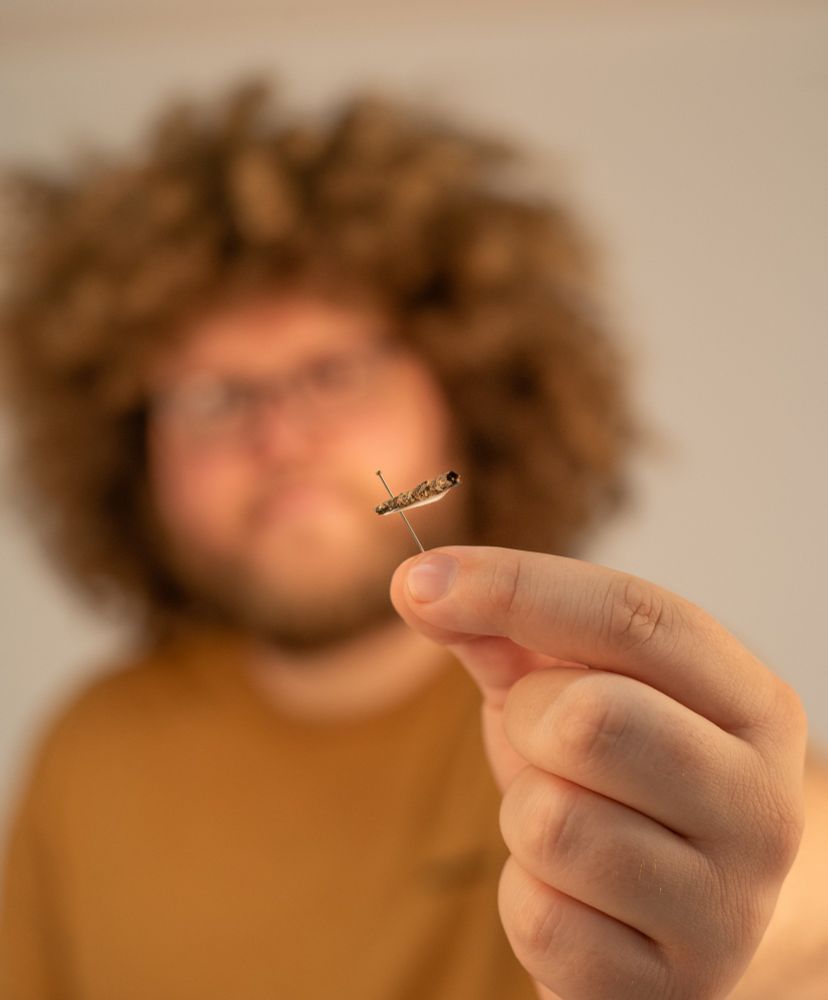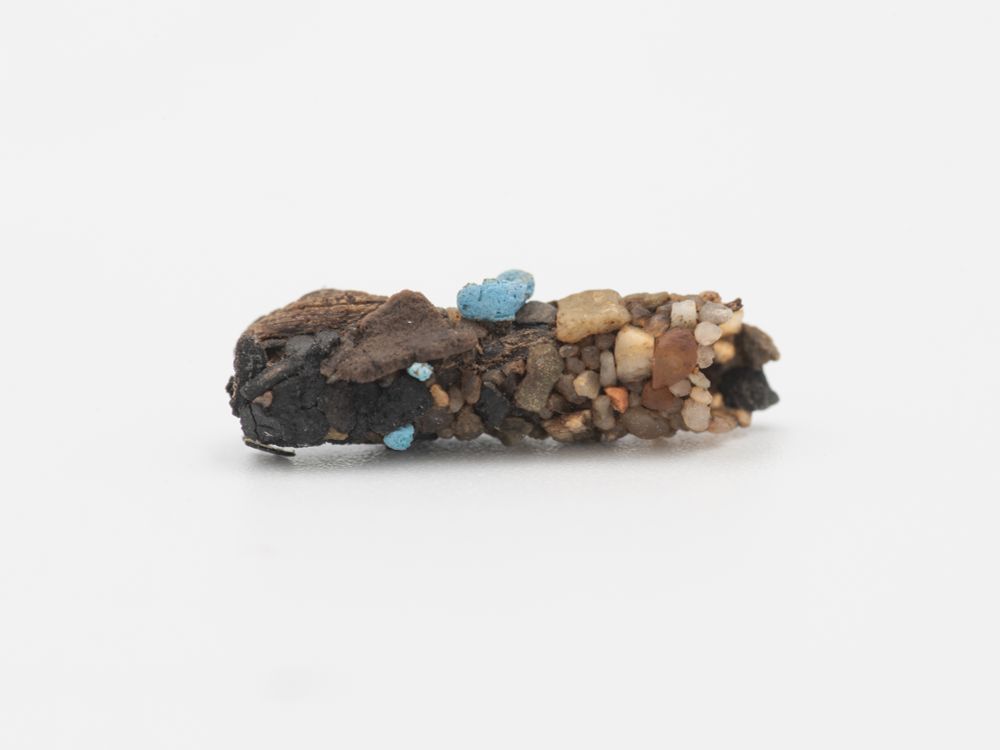Sebastian Theis, PhD
@sebtheis.bsky.social
180 followers
450 following
5 posts
Post-doc | Freshwater ecologist💧| Conservation policy enthusiast🍃| Offsetting and mitigation banking♻️| Ecosystem service management🏞️| Favorite species - Percopsis omiscomaycus 🐟| Fantasy and SciFi connoisseur💍🧙♂️
Posts
Media
Videos
Starter Packs
Reposted by Sebastian Theis, PhD
Reposted by Sebastian Theis, PhD
Reposted by Sebastian Theis, PhD
Reposted by Sebastian Theis, PhD
Reposted by Sebastian Theis, PhD
Reposted by Sebastian Theis, PhD
Katie O'Reilly
@drkatfish.bsky.social
· May 16
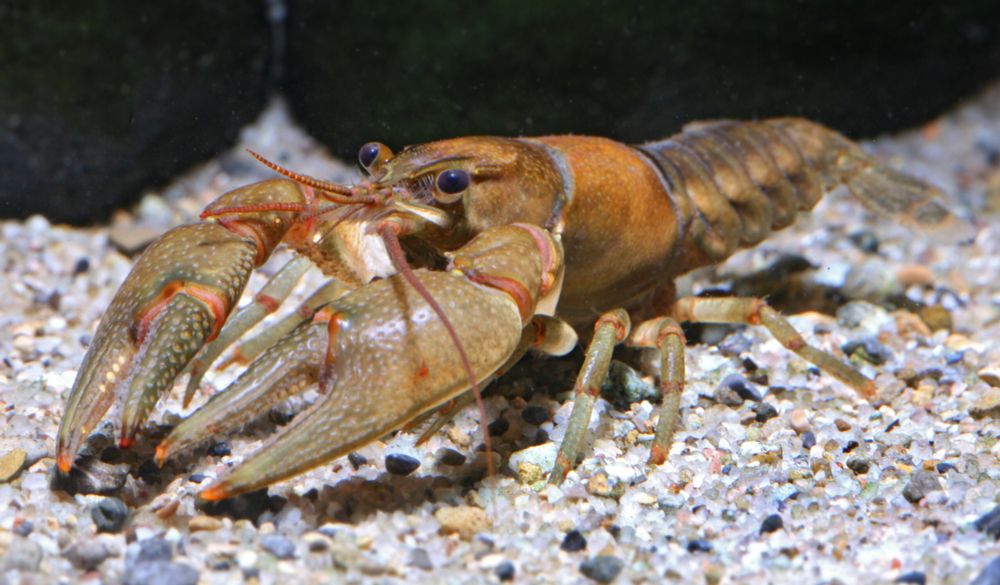
New crayfish curriculum engages students in Great Lakes and local invasive species issues - Illinois-Indiana Sea Grant
Crayfish can frequently be found in the role of classroom pet, but as with many school critters, they can pose a threat if they are released into local waters—non-native species can prove to be invasi...
iiseagrant.org
Reposted by Sebastian Theis, PhD
Reposted by Sebastian Theis, PhD
Jonathan Tonkin
@jdtonkin.bsky.social
· May 13
Reposted by Sebastian Theis, PhD
Reposted by Sebastian Theis, PhD
Reposted by Sebastian Theis, PhD
Ceri Almrott
@cerialmrott.bsky.social
· May 4
Reposted by Sebastian Theis, PhD
Lyn Heideman
@heidelyn.bsky.social
· Apr 27

Save the Endangered Species Act
By changing the meaning of a single word, the Trump administration could gut habitat protections for all endangered species. Speak up now to protect endangered species and their habitat — and the Enda...
act.biologicaldiversity.org
Reposted by Sebastian Theis, PhD
Erle Ellis
@erleellis.bsky.social
· Apr 24
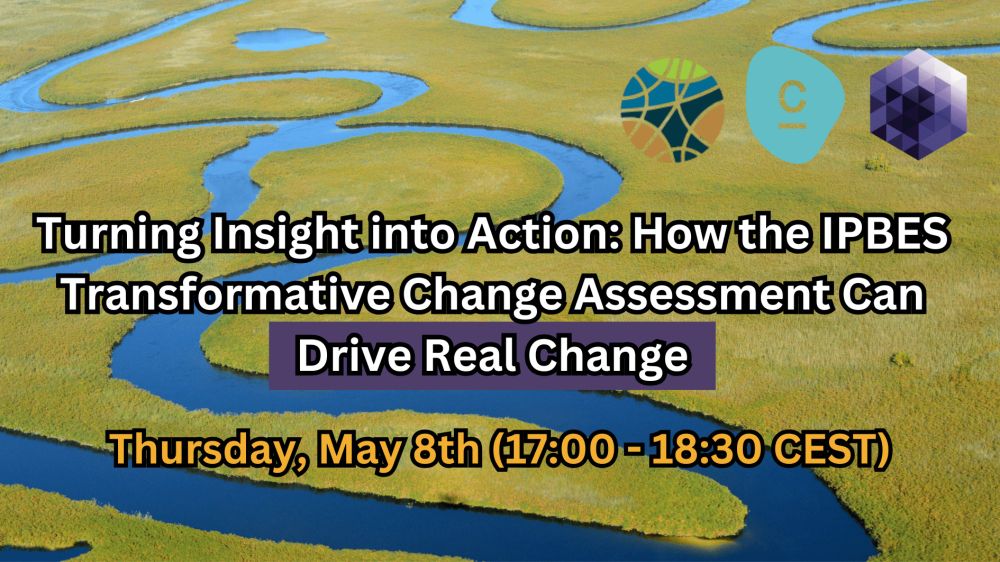
Turning Insight into Action: How the IPBES Transformative Change Assessment Can Drive Real Change | Transformations Community
Turning Insight into Action: How the IPBES Transformative Change Assessment Can Drive Real Change Co-Hosted by the Transformations Community, cCHANGE and So ...
transformationscommunity.org
Reposted by Sebastian Theis, PhD
Reposted by Sebastian Theis, PhD
Andy Gonzalez
@bio-diverse.bsky.social
· Apr 24
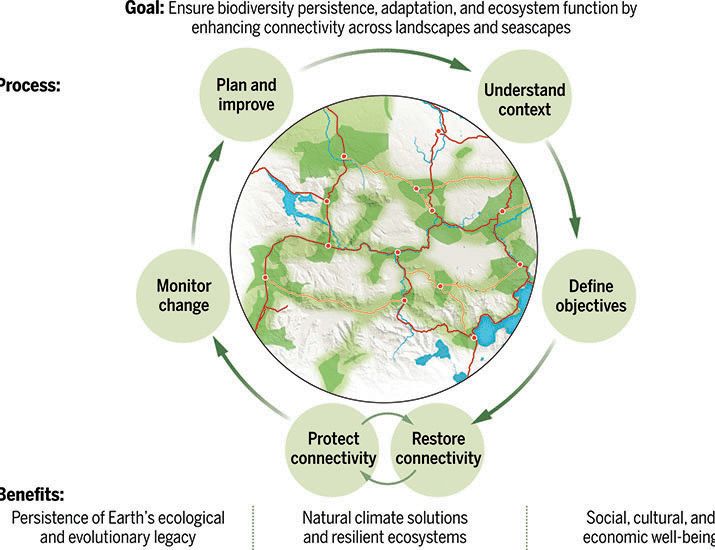
A well-connected Earth: The science and conservation of organismal movement
Global biodiversity targets focus on landscape and seascape connectivity as a foundational component of biodiversity conservation, including networks of connected protected areas. Recent advances allo...
www.science.org
Reposted by Sebastian Theis, PhD
Reposted by Sebastian Theis, PhD
Reposted by Sebastian Theis, PhD



